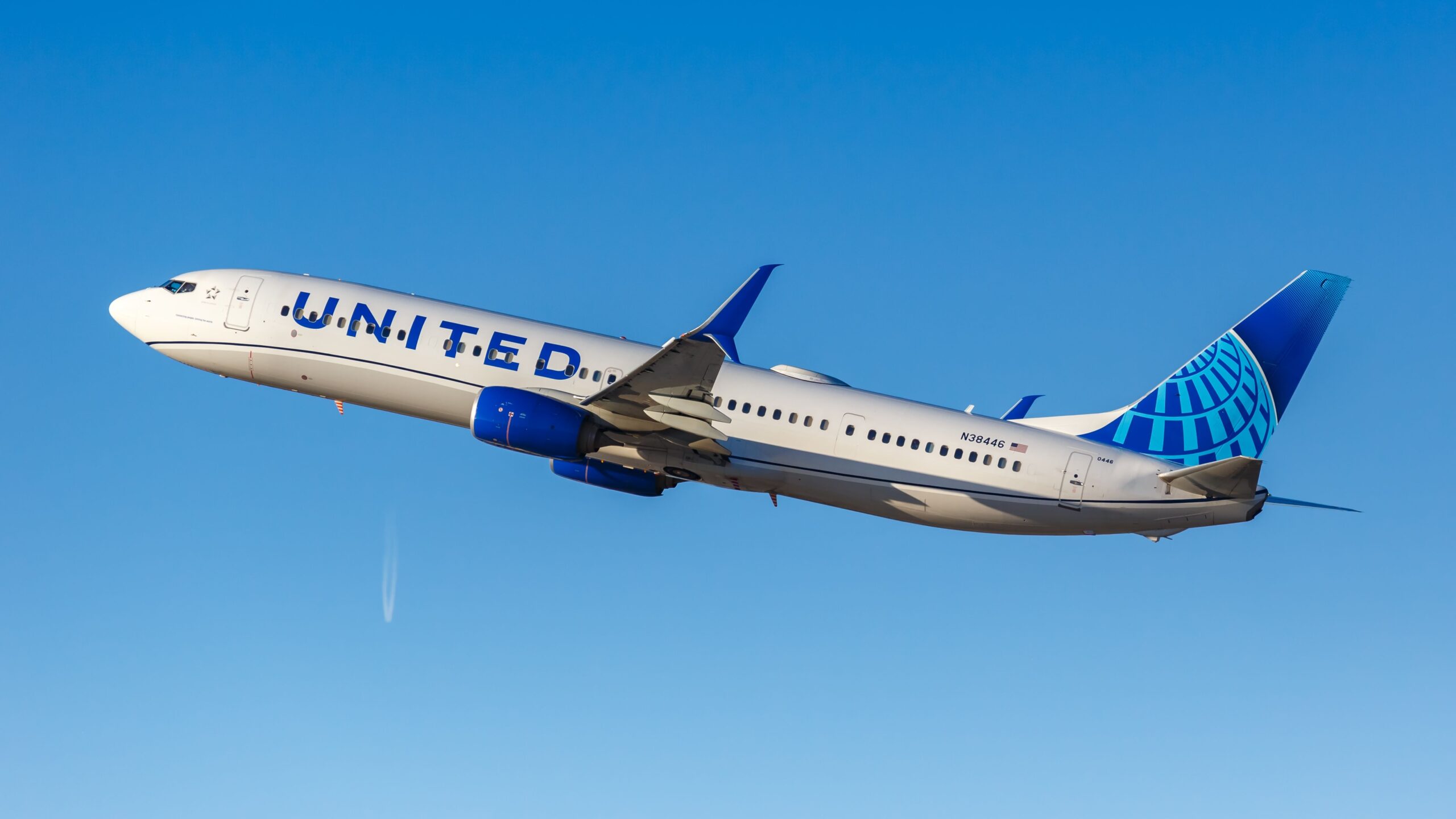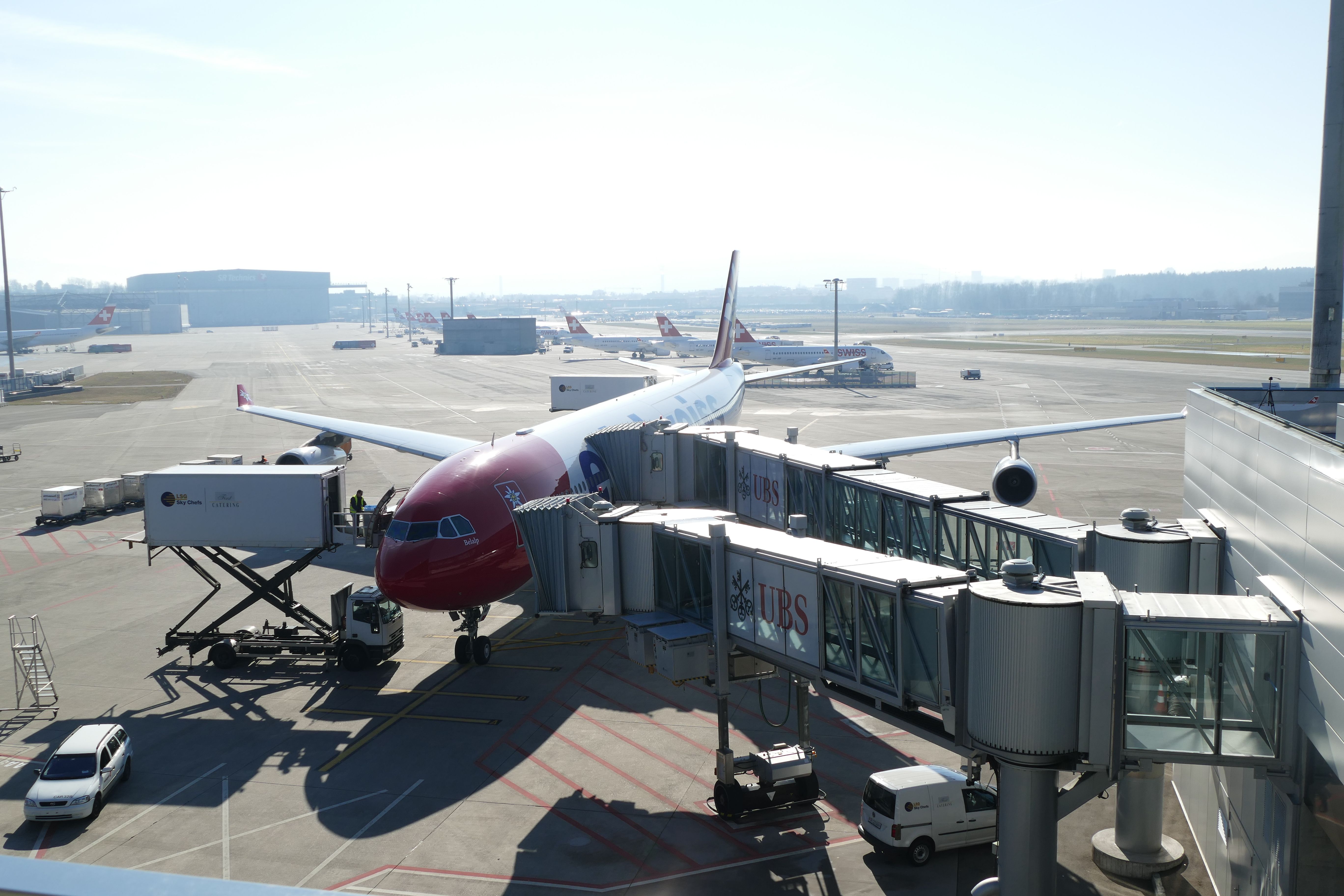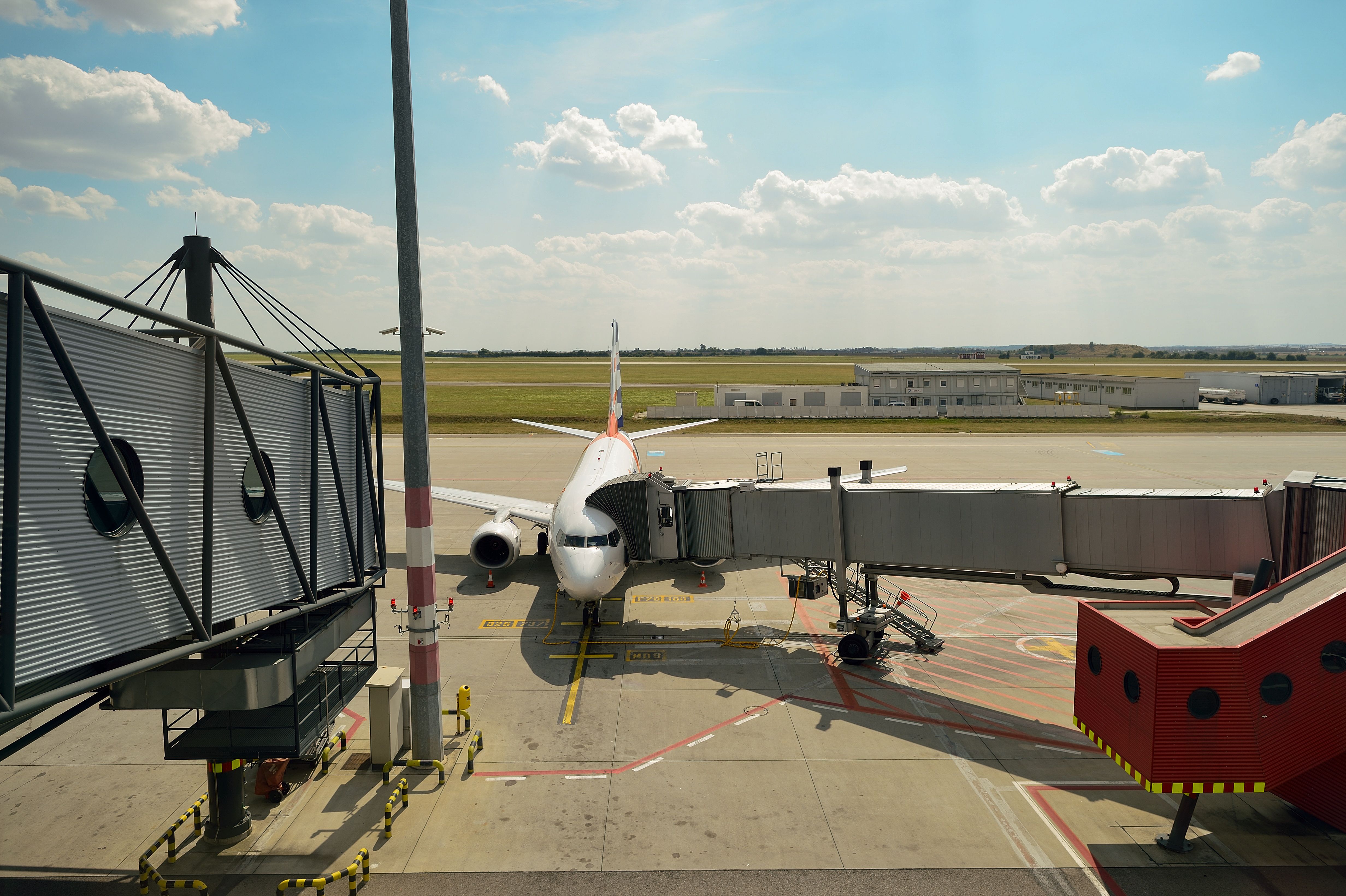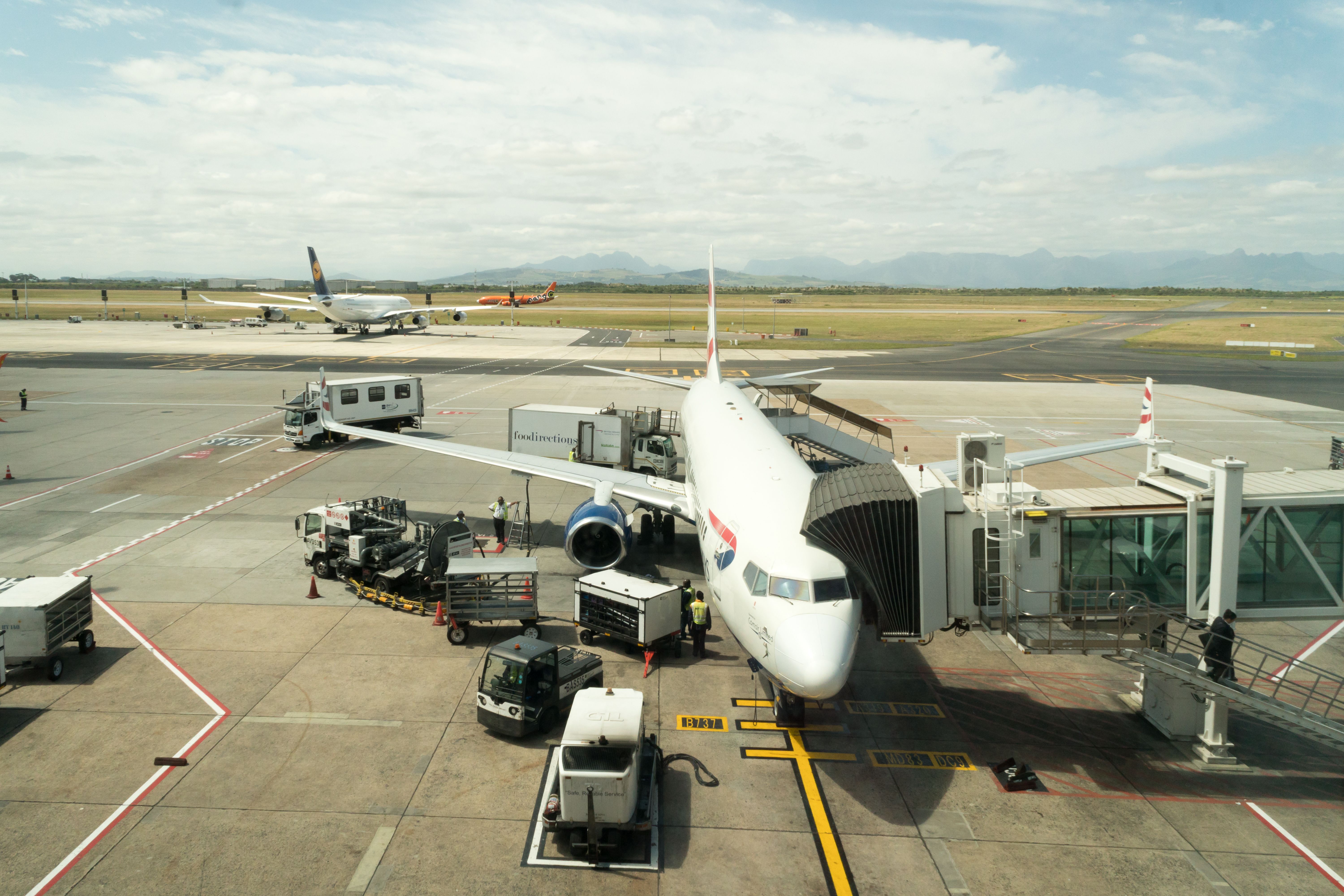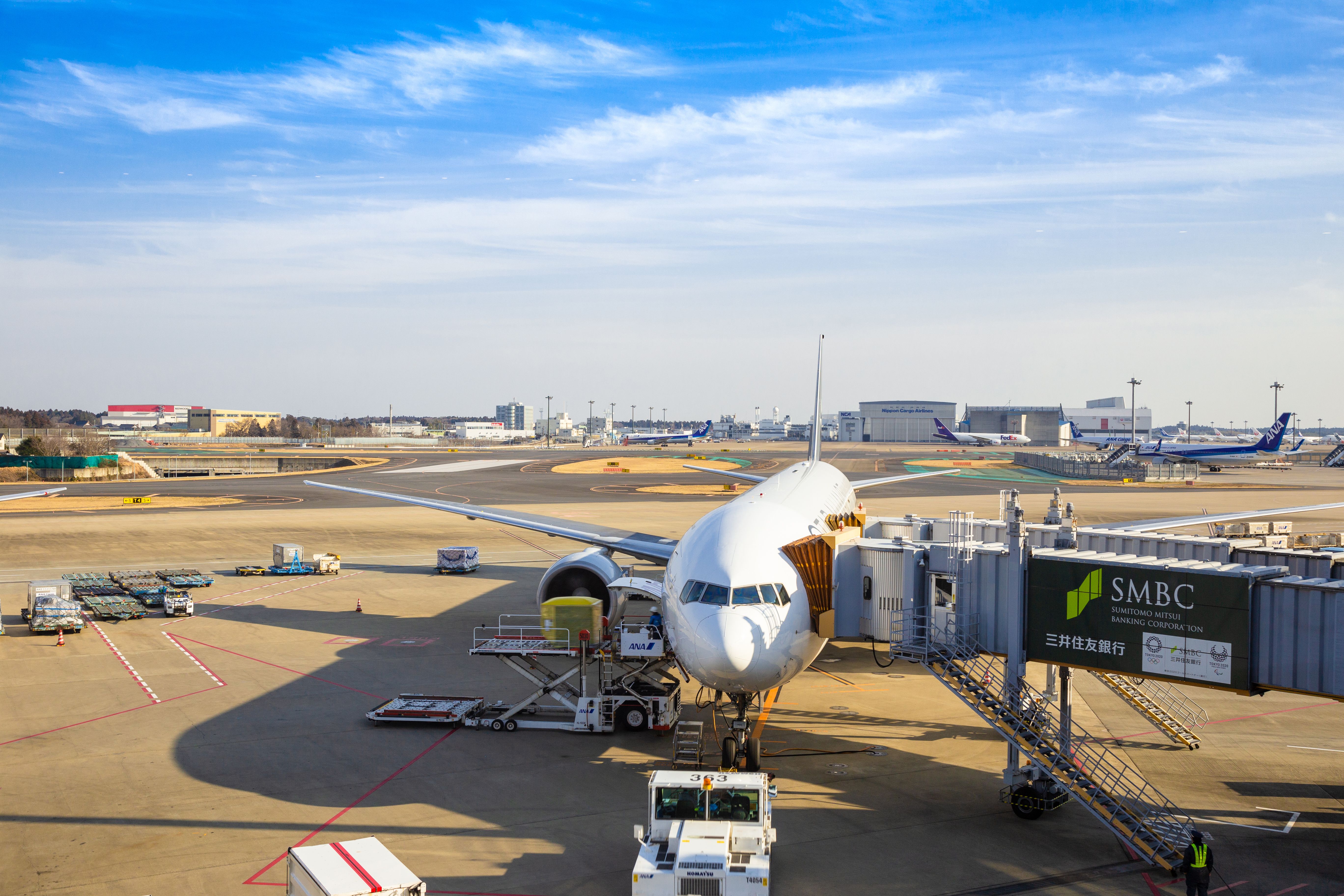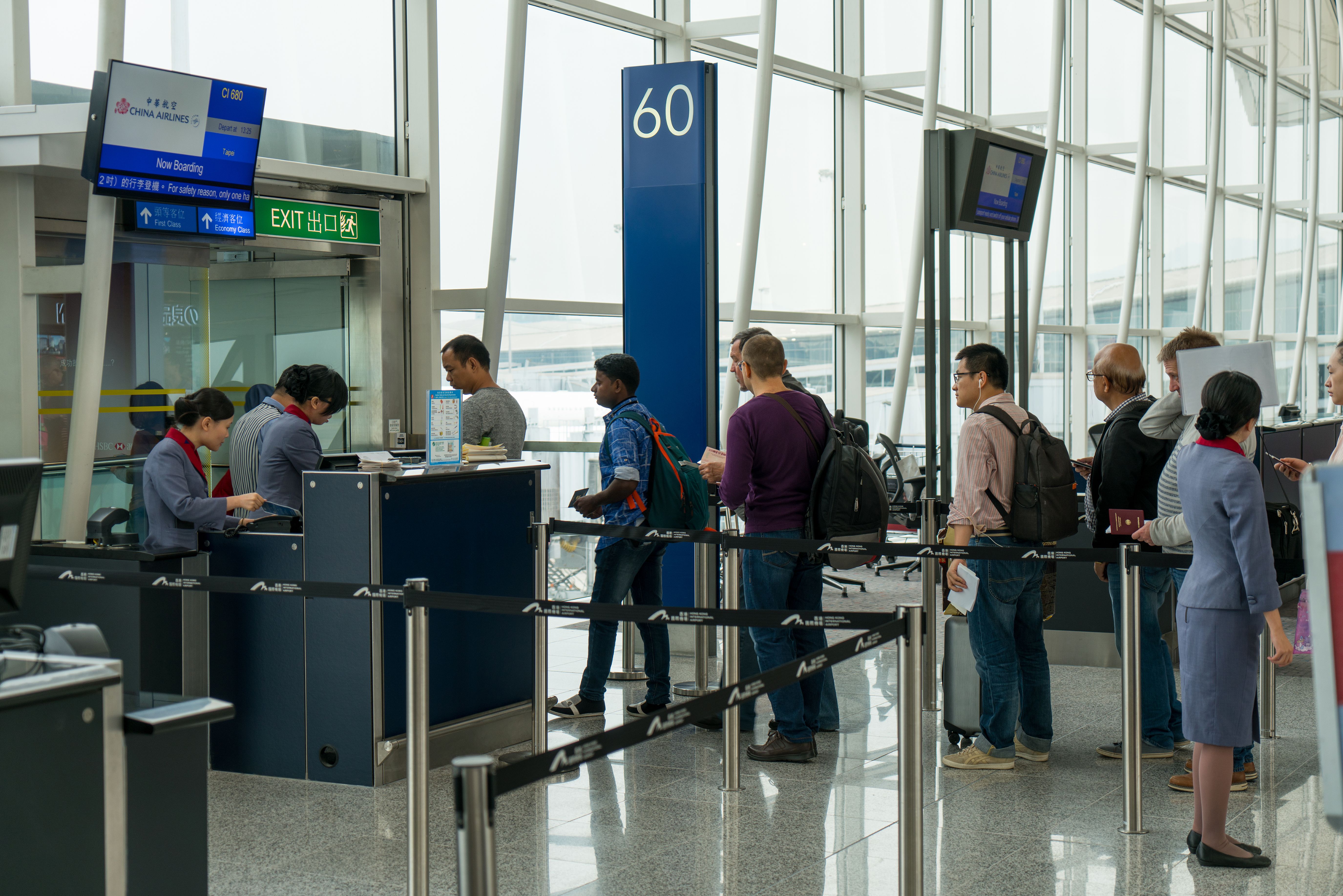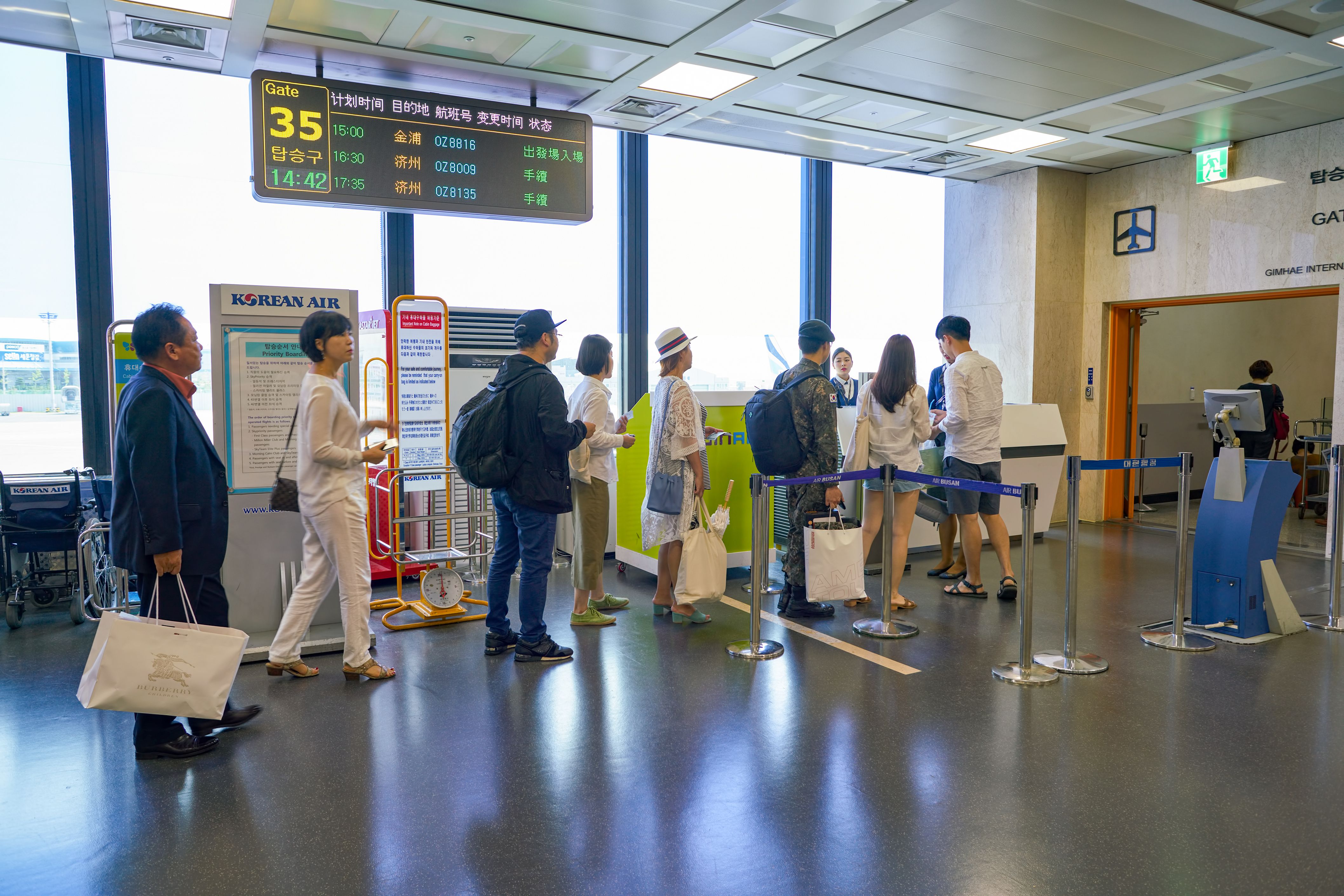To fly standby used to simply mean that you would show up at the airport on the day of your departure and try your best to get a cheap, discounted ticket on an undersold flight. While the name still exists, it has morphed into something of an extra service that ticket-holders can invoke, given that certain conditions apply. Let’s take a look at what standby means in the modern world of commercial aviation.
Change of concept
Once upon a time, trying to get your hands on a standby ticket could mean hours of waiting at the customer service desk. However, if you were not in a hurry and on a tight budget, it could still be an attractive option. These days, due to heightened security, and the fact that flights are more likely to be overbooked than undersold (albeit less so in the last few years amid the pandemic), that is next to impossible.
Nonetheless, should you have a ticket and certain unforeseeable situations arise, standby could still prove useful in a frustrating situation. Today, those who fly on standby have usually been bumped from their previous flight or are trying to get on an earlier flight than they were reserved for. In rare instances, passengers may attempt to travel to a different airport in their destination city and attempt to use standby to achieve this.
Photo: Niklas Prescher | Shutterstock
This can also be applied to airline employees, their family members, or close acquaintances who fly for a heavily discounted price on so-called ‘buddy passes.’ This instance is that which most closely resembles the original standby concept, as it relies more heavily on the users arranging their travel plans at rather short notice.
The frustrating bump
When a passenger is bumped from a flight (or ‘denied boarding,’ as airlines like to say), this has likely occurred as an airline has sold more seats than are available, an attempt to compensate for ‘no-shows.’ On rare occasions, these predictions are inaccurate, and a few unlucky passengers will be forced to take a later flight.
The airline may then either confirm a seat on a later flight right away or, and this is the more frustrating part, you could be put on standby for another flight that is fully booked. This could, in turn, mean a long wait at your departure airport.
Photo: Sorbis | Shutterstock
Should such a situation arise, do make sure that you are aware of what kinds of compensation the airline is prepared and obliged to offer you for the inconvenience entailed in the delay. If it provides a cash incentive, then make certain they will also offer free meals, as well as accommodation, if the standby stretches overnight. Otherwise, all the money will be spent due to the waiting itself.
Standby due to missed flight
This would be similar to the ‘standing by’ you may have to do in case you have missed the flight of your own accord. In this case, you may need to be prepared to wait patiently at the gate, hoping that the number of people not showing up exceeds expectations. But of course, if not making the flight was your own fault, you will not be offered any compensation by the airline involved.
Photo: Roxane 134 | Shutterstock
Regardless of how the situation has arisen, it is essential for passengers to remain polite to gate agents. It’s certainly optimal for you to wait for them to announce your name. Walking up and bothering them every ten minutes is in no way likely to help your case. Furthermore, if they call your name, and you aren’t listening, there’s a strong chance your seat will go to the next standby passenger on the list.
Same-day standby
Let’s say you are on a work trip, and your last meeting of the day gets canceled. Of course, you would like to get back home sooner rather than having to spend the rest of the day in a Starbucks (other coffee shops are available!). What if you accidentally show up earlier than needed at the airport due to time zone confusion? Either way, you would like to get an earlier flight than your ticket dictates.
Photo: Chalermpon Poungpeth/Shutterstock
Technically, this is known as a “same-day flight change.” While different airlines have different policies, you almost certainly need to have a ticket category that permits same-day changes to begin with. Furthermore, you may need to pay for the difference in fare, and some airlines might also charge a same-day standby fee.
Some carriers will allow you to check seats for flights other than your own on their website. Even though this may not always be accurate, it is one way of gauging the possibility of getting on the flight you want. In other cases, some airlines, like United, even allow you to sign up for standby via their mobile apps.
In recent years, same-day standby rules have changed, with Southwest adopting a new set of policies in August of this year, expanding access to same-day standby across its network. As early as 2020, Delta Air Lines and United Airlines both adjusted policies scrapping fees for same-day flight changes and for those on standby. In the future, it will likely become even easier for passengers to make same-day flight adjustments.
Who gets priority?
If you cannot get confirmation online, it might be a good idea to call ahead by phone, as well as show up at the airport as early as possible and talk to the ticketing agent of your airline. The agent might either supply you with a confirmed ticket for an earlier flight or put you on a list for a potential last-minute spot.
Photo: ShutterStockStudio | Shutterstock
Standby seats are typically assigned on a first-come, first-serve basis. Nonetheless, some carriers offer priority to those passengers who are frequent flyers or maintain some level of status through a credit card. Furthermore, those who maintain status with an airline’s alliance, not just the carrier itself, can still receive priority.
One major factor that will affect your chances of boarding an aircraft while on standby is your baggage. If one has checked baggage, this can often (but not always) preclude them from being assigned a standby seat.
Buddy passes
If you want to be able to fly standby the old-fashioned way, buddy passes are the way to go. These tickets are not free but heavily discounted. Sometimes, the only expenses are taxes and fees, and thus they can provide great value. First, the person who gives you the pass (normally an airline employee) has to book the ticket “normally,” and any changes must be applied before check-in opens.
Photo: Sorbis/Shutterstock
After this, you show up at the airport as if you had a confirmed seat as normal, but you still have to wait until the last moment to know if you will be able to travel. This kind of ticket pushes you to the back of the list of other standby potentials, such as full-price paying customers and off-duty pilots. As such, you should be prepared to allow for some degree of flexibility when traveling like this.
As you are a “non-rev,” meaning a passenger who does not provide any revenue for the airline, you could potentially be asked to switch seats, and you forego any compensation in case of delays or cancelations. Furthermore, these tickets are often exempt from rewards programs, and passengers flying on these tickets may not earn frequent flyer miles or points.
Over time, the practice of flying standby has changed many times and will certainly continue to do so going forward. If there is an empty seat, airlines want to fill it and will, as a result, continue to adapt their standby practices for getting those last few passengers onboard an aircraft.
Did you fly standby in the good old just-show-up days? Do you miss it, or perhaps you’ve used this option recently? Let us know what you think in the comment section!

